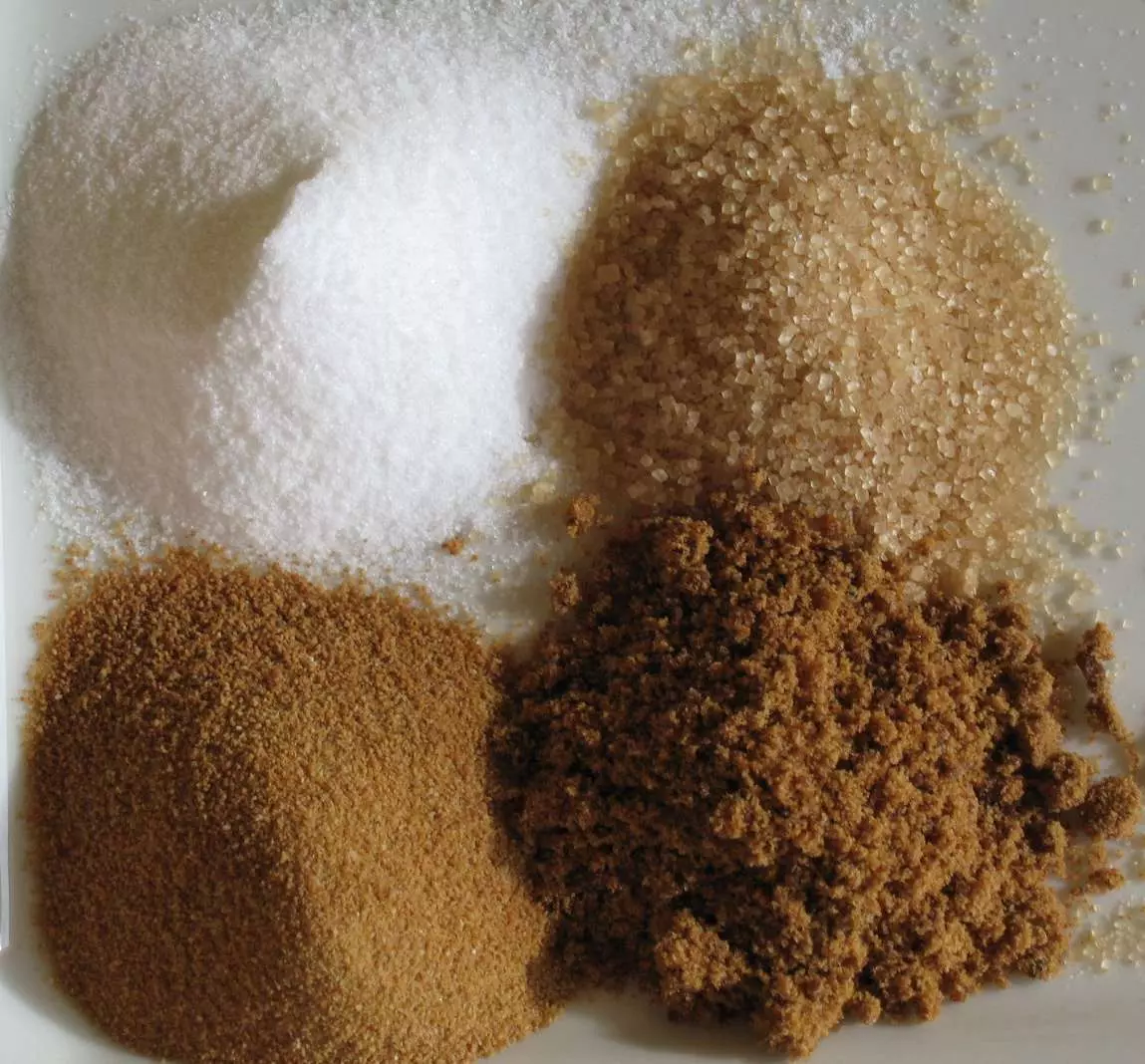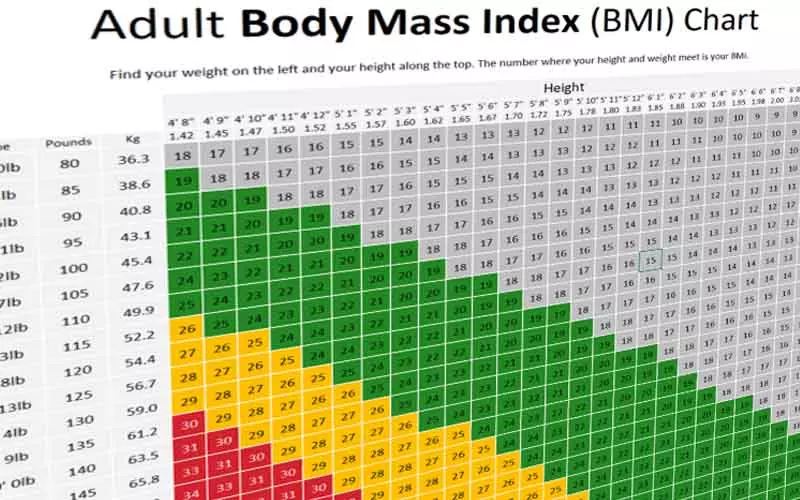A liquid vegetable and dairy fat blend is a mixture of liquid vegetable oil and a solid or semi-solid dairy fat, such as butter or ghee. The blend is used as a cooking fat or as an ingredient in various food products. The ratio of vegetable oil to dairy fat can vary, depending on the specific blend and its intended use. The use of a blend rather than a single type of fat can provide a combination of the properties of both types of fat, such as the flavour and texture of dairy fat combined with the stability and versatility of vegetable oil. It is important to note that the nutritional value of the blend will depend on the specific types and amounts of fats used.
Liquid vegetable and dairy fat blend
Foods in the CalorieStar database containing Liquid vegetable and dairy fat blend
McDonald's Mighty McMuffin - Brown SauceMcDonald's Sausage & Egg McMuffin
There are several reasons why a liquid vegetable and dairy fat blend might be used in cooking or as an ingredient in food products.
One reason is to provide a balance of flavour and texture. Dairy fats, such as butter and ghee, are known for their rich, creamy flavour and texture, which can be desirable in certain dishes or products. However, they can also be relatively high in saturated fat and have a relatively low smoke point (the temperature at which the fat begins to break down and release smoke), which can make them less suitable for certain cooking methods or applications. Vegetable oils, on the other hand, tend to have a more neutral flavour and a higher smoke point, making them more versatile for cooking and frying. By using a blend of the two types of fat, it is possible to combine the flavour and texture of dairy fat with the stability and versatility of vegetable oil.
Another reason to use a liquid vegetable and dairy fat blend is to reduce the overall fat content of a recipe or product. By using a blend that contains both vegetable oil and a lower-fat dairy fat, such as reduced-fat butter or reduced-fat ghee, it is possible to reduce the overall amount of fat without sacrificing too much flavour or texture.
So is this good or bad for your health?
The overall impact of a liquid vegetable and dairy fat blend on health will depend on the specific types and proportions of fats used, as well as the individual’s overall diet and lifestyle.
In general, it is important to consume a variety of fats as part of a healthy diet, as fats provide a range of essential nutrients and play a variety of roles in the body. However, it is also important to pay attention to the types of fats that are consumed, as some types of fat are more healthy than others.
Saturated fats, which are found primarily in animal-derived foods such as meat, dairy products and tropical oils (such as coconut oil and palm oil), should be consumed in moderation, as they can raise LDL (“bad”) cholesterol levels and increase the risk of heart disease. Unsaturated fats, including monounsaturated and polyunsaturated fats, tend to be more healthful and can help to lower LDL cholesterol levels when consumed in place of saturated fats. These types of fats are found in plant-based oils, nuts, seeds, and avocados.
Therefore, a liquid vegetable and dairy fat blend that is predominantly made up of healthy vegetable oils and a lower-fat dairy fat could be considered more healthy than a blend that is predominantly made up of less healthy vegetable oils and a higher-fat dairy fat. However, it is still important to consume fats in moderation and to balance them with other nutrients as part of a healthy diet.
How does McDonalds use a liquid vegetable and dairy fat blend?
McDonald’s uses a liquid vegetable and dairy fat blend in some of its menu items.
The blend used consists of either Sunflower Oil or a blend of Rapeseed Oil and Sunflower Oil along with Butter Oil, an Emulsifier, Whey Powder and Butter flavouring. This is used on McMuffins to add moisture to the muffin.




